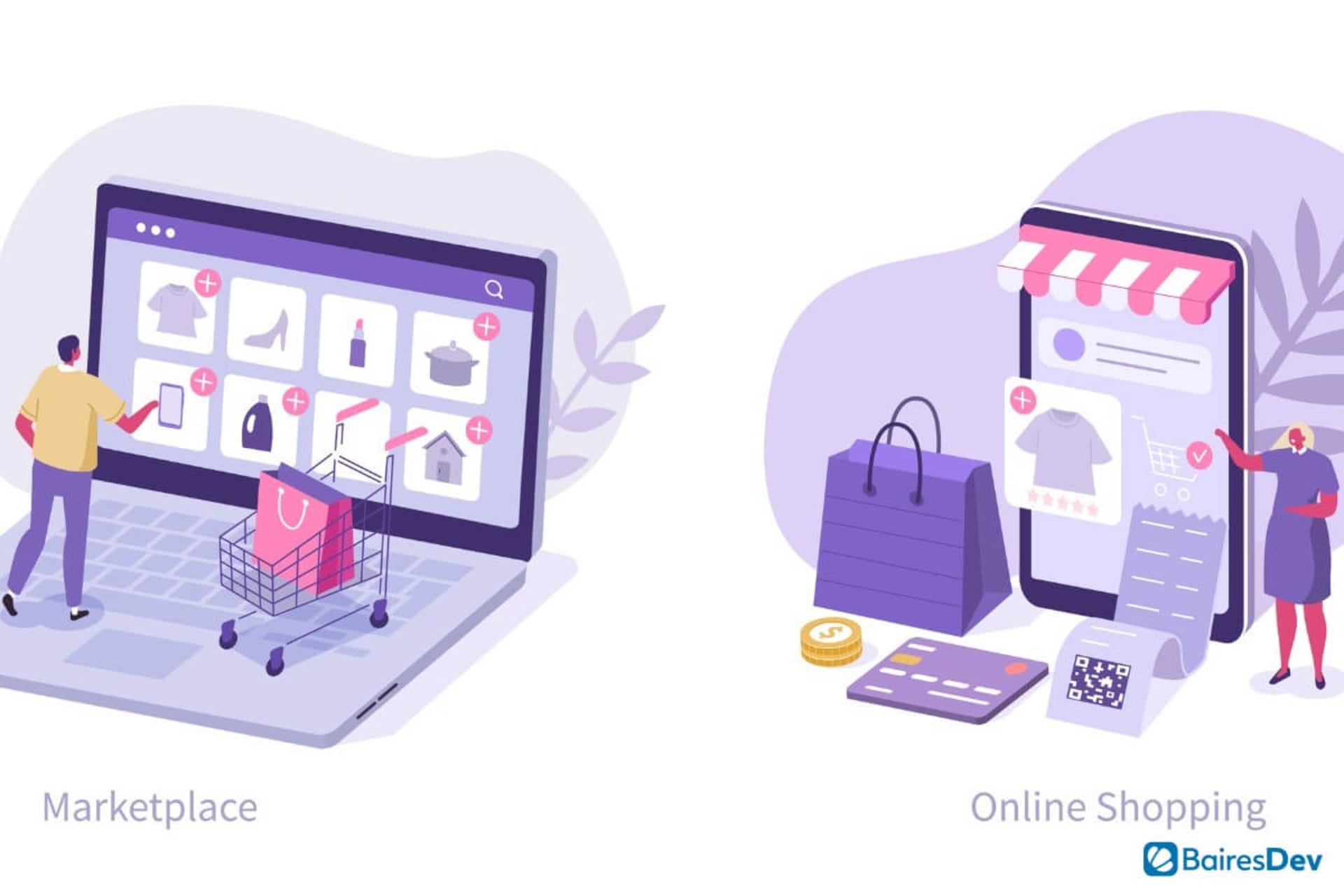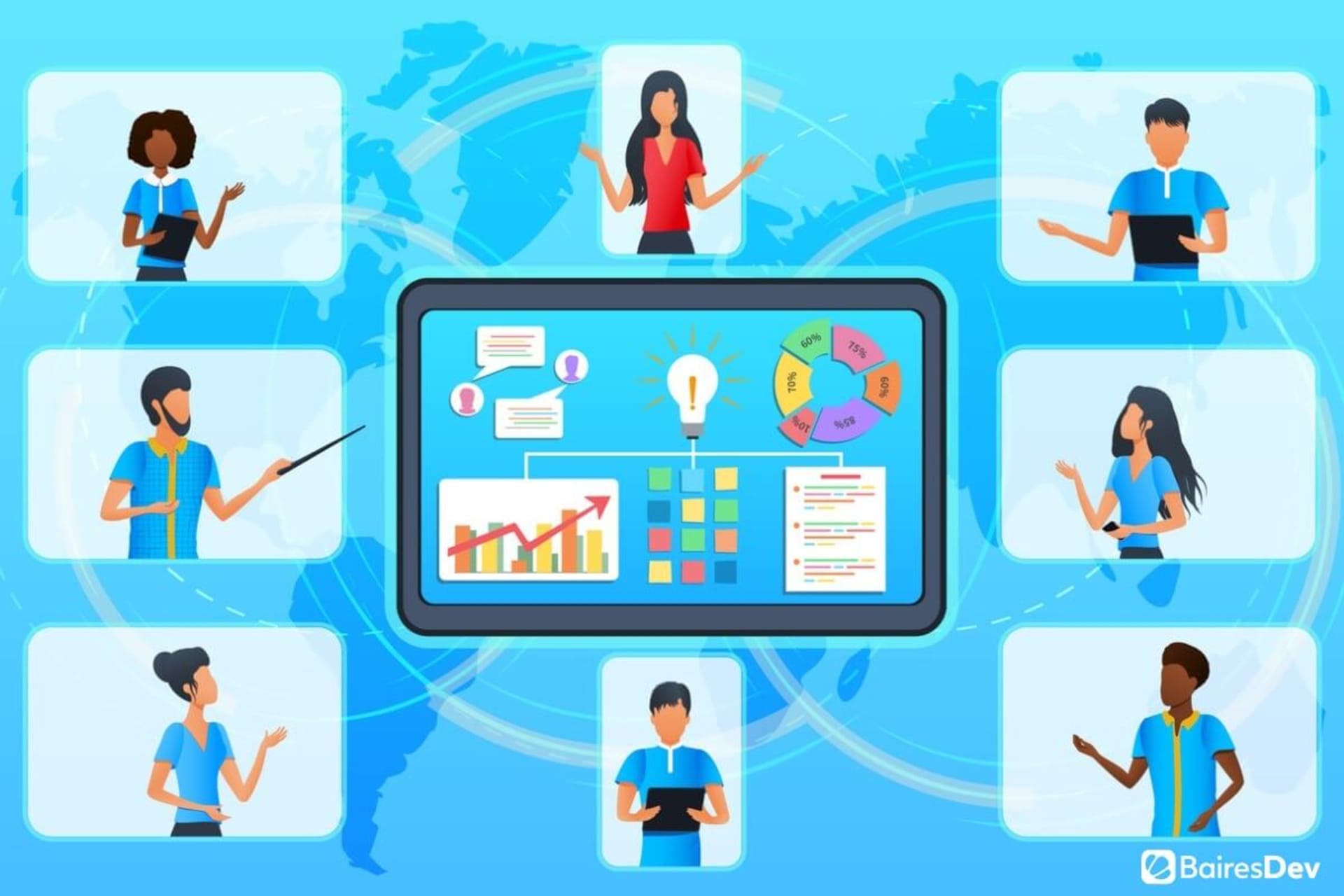Digital acceleration is a company’s adoption of digital technology to quickly transform its strategies, business model, processes, marketing, customer experience, and other aspects of the business. Digital acceleration can be seen across industries and using many different types of technology, including cloud, artificial intelligence (AI), omnichannel communication platforms, and many more.
As a response to changing customer patterns during the COVID-19 pandemic, the retail industry as a whole has been forced to rethink a number of its practices, leading to nearly limitless opportunities to use digital acceleration to adapt. For example, social distancing requirements have led many retail operations to add or upgrade an e-commerce presence. Supply chain disruptions have caused them to rethink how they send and receive materials and products.
For many retailers, 2021 marks a time to consider recent changes and determine what additional digital acceleration they’d like to incorporate in the coming years. Here, BairesDev explores several of the most important areas in which the retail industry has started to use digital acceleration, as well as the ways in which it will continue to do so.
Growth of Ecommerce
According to results from a survey conducted by Software Advice, 25% of retailers launched an e-commerce store as a result of the COVID-19 pandemic. Many of these companies had planned to do so prior to 2020 but were forced to fast-track their plans to stay in business when revenue from brick-and-mortar locations sharply declined.
Retail companies that have recently created or expanded their e-commerce presence are in a position to use this platform to grow their businesses even more. For example, they can leverage low-cost social media to boost business or develop additional services like a robust suggestion engine or personal consulting appointments — things that keep customers coming back.
Some shops may even choose to go entirely online. While brick-and-mortar shops have their advantages, retailers can use e-commerce to expand their reach and build their brand. At the very least, all retailers should develop an e-commerce site to offset challenges that come from unexpected events like logistics issues, extreme weather events, or the last throes of the pandemic.
New Communication Methods
Another area in which retailers were forced to change is communication with customers. Many used certain communication methods for the first time, including live chat, video chat, and interactive voice response (IVR). Many expanded methods like social media messaging, given that stay-at-home orders led to more social media use.
Many organizations focused not just on specific communication methods, but the combination of them, known as an omnichannel approach. This strategy enables customers to get better service by using the channel of their choice (e.g., text, chat, email, or social media messaging) at the time of their choosing with all of their information available no matter which one they use. Savvy retailers will continue this trend by enhancing their communication methods even more.
Supply Chain Improvements
During the pandemic, global supply chain operations were impacted more seriously than any other area except revenue. Social distancing requirements slowed production and logistics operations, both critical to being able to meet customer demand. As companies learned how unpredictable supply networks can be, they rushed to find alternative suppliers for the short term and improve their supply chain processes in the long term.
An ideal supply chain system allows retailers to easily switch to alternative suppliers when their usual ones become unavailable. A robust system that enables this level of flexibility requires the right technology, which can help business leaders identify the status of shipments at any given time and quickly switch to a different provider when needed. Powerful analytics can improve supply chain planning even more by predicting when problems might occur.
To adapt to this new reality, retailers are assessing their current supply chains and determining weak points to shore up. They’re considering new technology including software that tracks shipments, collects and analyzes data, forecasts potential problems, and identifies the next best option in the event of a problem.
Increase in Delivery and Pickup Options
Delivery and pickup options have become much more important to customers. Not only do these services go hand-in-hand with e-commerce, but they also became essential during the pandemic when contact with others was dangerous. Now contact is less so, but customers have gotten used to the convenience of having groceries and other items dropped off at their doorstep or pulling up to a curb to pick them up.
As they add or improve their delivery and pickup options, retailers will need the technology to back them up, including apps that customers can use to place orders easily from their mobile devices. Communication, discussed above, is also important here for relaying to customers what the delivery or pickup process entails. For those companies with large operations, software is needed to coordinate these activities.
Automated and Contactless Checkout
During the pandemic, brick-and-mortar locations that didn’t shut down instituted rigorous safety standards such as masking requirements, frequent cleaning, and physical barriers between cashiers and customers. Another aspect of this process was automated or contactless checkout when possible.
For example, customers can use digital wallets on their phones to tap their payment into a reader in some establishments, eliminating the need to touch anything at checkout. While not yet commonplace, another process has been automated checkout in which items are added to a customer’s bill as they place them in their basket, eliminating the need for a checkout stand completely. The following video explains Amazon’s version of this technology:
Retailers will continue to explore these options, which will become more plentiful as the technology advances.
Past the Pandemic
Clearly, the pandemic has had an outsized impact on retail operations. As our “COVID year” fades into memory, retail establishments will want to review the changes they made in 2020 and ensure those shifts fit with current customer behavior. For example, perhaps an IVR system installed to accommodate many times more calls than usual should be downsized. Perhaps customers are returning to stores and curbside pickup is no longer needed.
While some technology might need to be dialed back, some might need to be increased, such as an e-commerce site that can scale along with a company’s newfound online-driven growth. The key is to determine a vision for the next few years and ensure any digital acceleration closely aligns.







